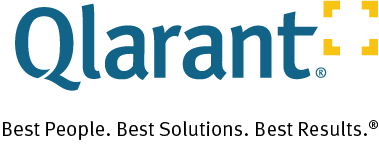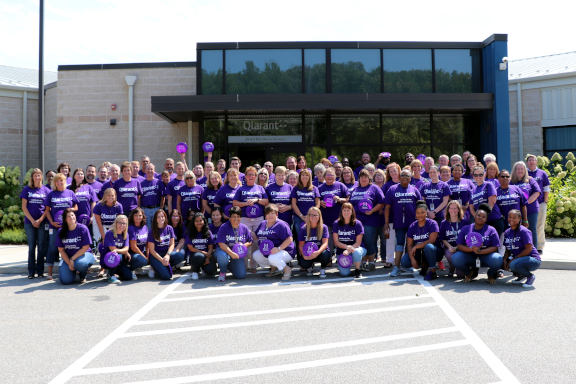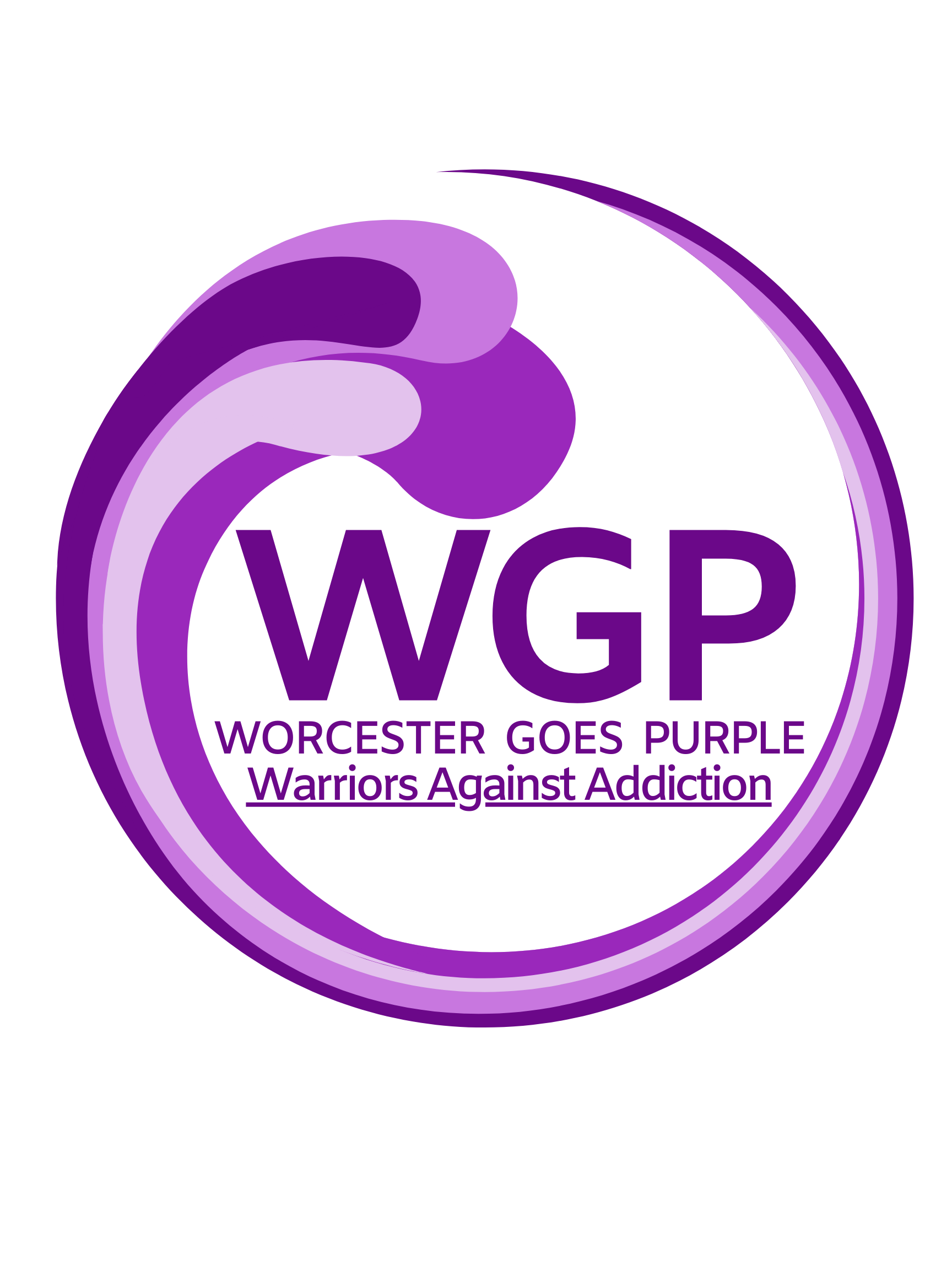Mining Our Way to Improved Healthcare
In my previous posts, I introduced the concept of data mining and related advanced analytical techniques. I also enumerated some of the reasons why organizations are looking to incorporate these technologies and expertise in their toolset. In this post, I will describe some of the applications of data mining in the healthcare domain. The healthcare industry in this country is comprised of many different actors with varying objectives. Healthcare providers, health insurance plans, pharmacy benefit managers, and governmental organizations have attempted to use data mining to manage utilization, improve health outcomes, and maintain financial stability in an increasingly complex economic landscape.
Institutional healthcare providers such as hospitals, skilled nursing facilities, and outpatient clinics have used data mining techniques to develop standardized treatment regimens that have shown success in clinical settings. Comparing the outcomes of different treatment options across patient cohorts for the same underlying indication allows healthcare providers to ascertain the most effective course of action for that disease or condition. Data mining can also help healthcare providers in tailoring treatment options based on a patient’s profile. Techniques such as cluster analysis and classification trees can enable healthcare providers to create profiles based on their demographics, health history, response to prior treatments, etc. and prescribe real-time treatment for patients based on the profiles and results.
 Health insurance companies use data mining to manage healthcare resource utilization and provide quality care to its beneficiaries. This includes, but is not limited to, anticipating future inpatient and emergency events, lowering inpatient readmission rates, and improving outreach to beneficiaries to facilitate timely care. Each of the above tasks requires the collating and analyzing beneficiaries’ prior claims, diagnoses, lab results, and demographic data. Health insurance companies can forecast clinical events and readmissions using predictive modeling analytics. These predictive models can range from traditional techniques such as regression and classification to more advanced techniques such as machine learning algorithms. techHealth plan sponsors can use these predictive models to develop outreach programs to those beneficiaries who are at the highest risk of an inpatient or emergency room event. These outreach programs help insurance companies limit expensive clinical events and improve overall health outcomes by encouraging beneficiaries to seek timely care and adhere to prescription regimens.
Health insurance companies use data mining to manage healthcare resource utilization and provide quality care to its beneficiaries. This includes, but is not limited to, anticipating future inpatient and emergency events, lowering inpatient readmission rates, and improving outreach to beneficiaries to facilitate timely care. Each of the above tasks requires the collating and analyzing beneficiaries’ prior claims, diagnoses, lab results, and demographic data. Health insurance companies can forecast clinical events and readmissions using predictive modeling analytics. These predictive models can range from traditional techniques such as regression and classification to more advanced techniques such as machine learning algorithms. techHealth plan sponsors can use these predictive models to develop outreach programs to those beneficiaries who are at the highest risk of an inpatient or emergency room event. These outreach programs help insurance companies limit expensive clinical events and improve overall health outcomes by encouraging beneficiaries to seek timely care and adhere to prescription regimens.
The applications described are just a few of the data mining applications that are prevalent in the healthcare landscape. But they demonstrate the immense benefit of using data to improve health outcomes in this country. The challenge remains that health related data remains very disconnected given existing regulations and legitimate concerns of data privacy. Securely integrating healthcare data across data platforms should be the overarching goal and will require cooperation among the various healthcare entities to implement such a solution.






